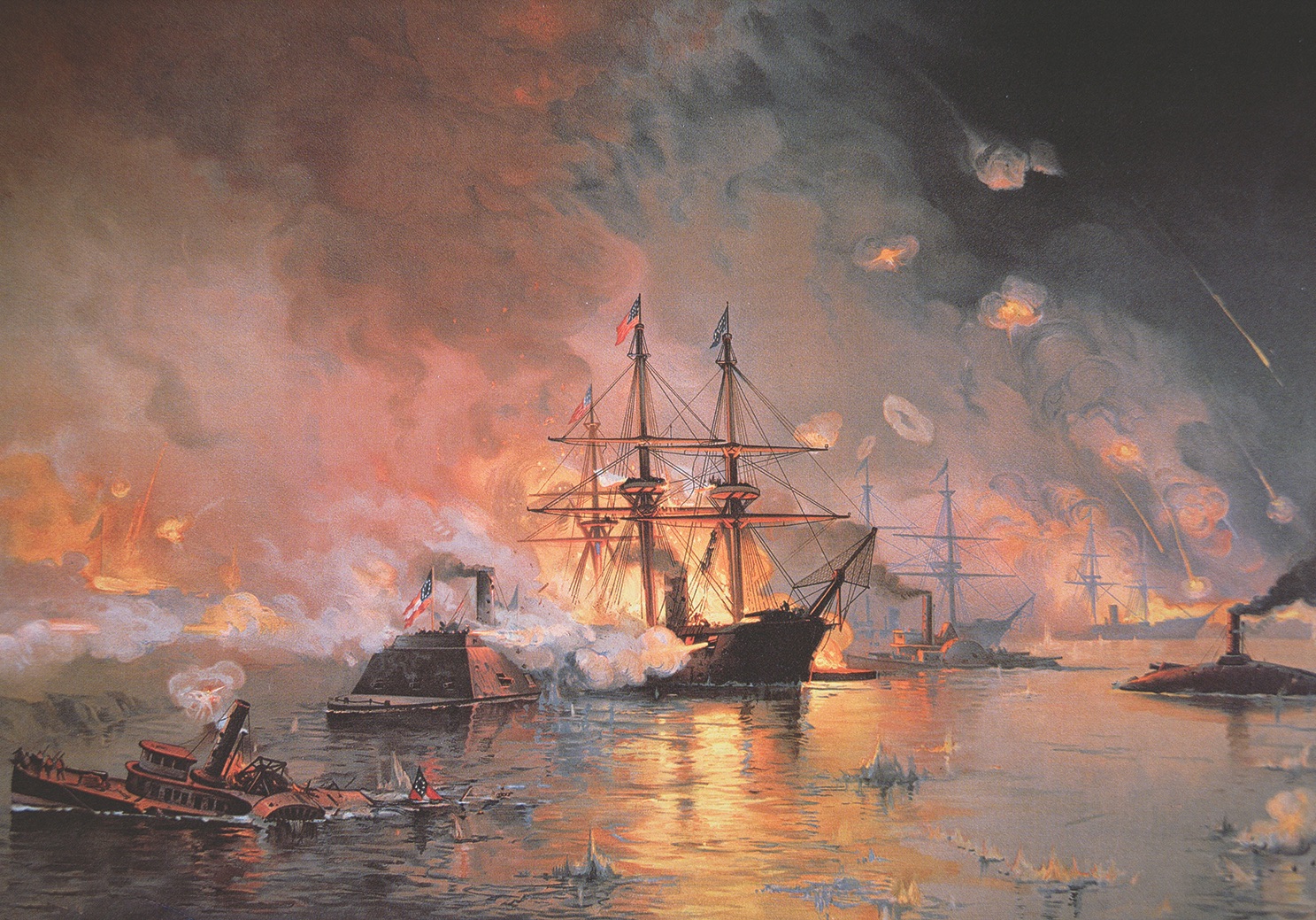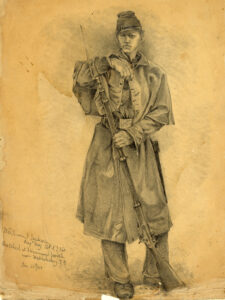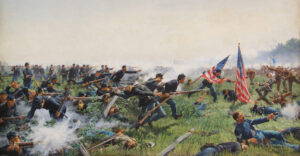At the outset of the Civil War, New Orleans, near the mouth of the Mississippi River, was the Confederacy’s largest city and port of trade. Its defenses were centered downriver at Forts Jackson and St. Philip, the river in between choked with sandbars that would inhibit the passage of big Union ships. In late 1861 U.S. Navy Commander David Dixon Porter arrived with a blockading squadron, and he devised a plan to capture the city that President Abraham Lincoln and Secretary of the Navy Gideon Welles quickly approved. It called for shallow-draft Navy gunboats and mortar boats to reduce the forts, allowing a force of upward of 30,000 troops upriver to occupy first New Orleans and then Vicksburg, Miss.
Commanding Maj. Gen. Benjamin Butler reduced the land contingent significantly, effectively postponing any move on Vicksburg. He did commit some 18,000 troops, however, and the naval contingent boasted 24 gunboats and 19 mortar boats under veteran Captain David Farragut, a Southerner with Northern sympathies who later became the nation’s first full admiral and among its most celebrated. He was also Porter’s foster brother. By early 1862 New Orleans’ Confederate defenders had 126 guns deployed in the two forts, scarcely a dozen gunboats, the ironclad ram CSS Manassas, the unfinished ironclad CSS Louisiana and assorted fireships. Also obstructing the passage was a chain cable stretching from shore to shore and threaded through eight moored hulks.
Farragut’s fleet started upriver on April 18, launching an extensive bombardment that caused fire and flooding at Fort Jackson, though Fort St. Philip was minimally damaged. Farragut’s men cut the chain cable, opening a gap on the east side of the river near Fort St. Philip. Finally, the determined captain—displaying the grit immortalized two years later in Mobile Bay with his battle cry “Damn the torpedoes!”—made the bold decision to run the gauntlet with a 17-vessel squadron and make for New Orleans. Early on April 24, as the mortar boats bombarded the forts, the lead gunboat division threaded the gap and made short work of the Confederate fleet. Leading the second division, Farragut concentrated his fire on Fort St. Philip to cover the slower third division, which lost three vessels. Meanwhile, Farragut’s flagship, USS Hartford, ran aground, was hit by a fire raft and caught fire. Hartford’s crew worked heroically to extinguish the fire, then got the ship moving upriver again.
Reaching New Orleans on April 25, Farragut found the city vulnerable, as most of its defenders had left for Tennessee, only to suffer defeat at Shiloh. Confederate Maj. Gen. Mansfield Lovell had also evacuated his 3,000 militiamen, yet he and Mayor John T. Monroe refused to surrender, so on April 29 Farragut sent Marines to secure the custom house and city hall. On May 1 Butler’s troops arrived to occupy the city. After its fall Farragut continued upriver, capturing Baton Rouge and Natchez, though he found Vicksburg, not yet the great Confederate citadel it would become, still too strong to assault with the forces at hand.
Who dares, wins. Farragut’s bold decision to run his fleet past the defending forts rather than wait for their reduction won him New Orleans.
Consider all threats. General Lovell, Confederate President Jeff Davis and other senior Rebel leaders displayed strategic myopia in failing to perceive the risk to the city.
Cut enemy supply lines. With command of the city, the Union choked off Confederate commercial and naval traffic through the port, causing irreparable economic and military damage to the Rebel cause.
Victories boost morale. The Union’s early capture of New Orleans significantly motivated Northern forces, ultimately leading to the string of Union battlefield successes that marked the Western Campaign.





